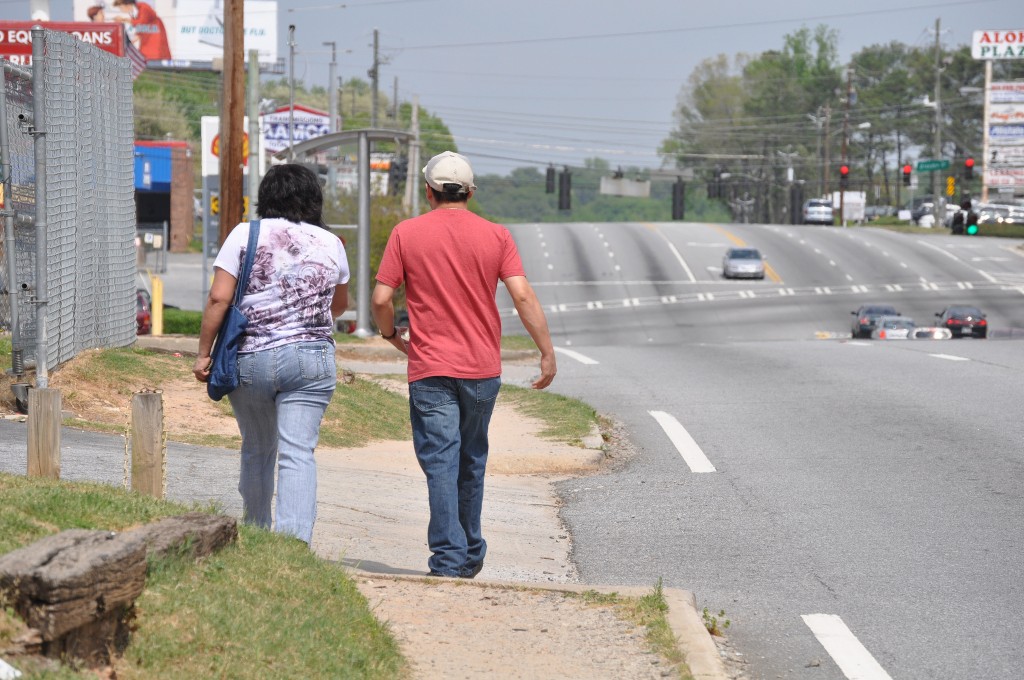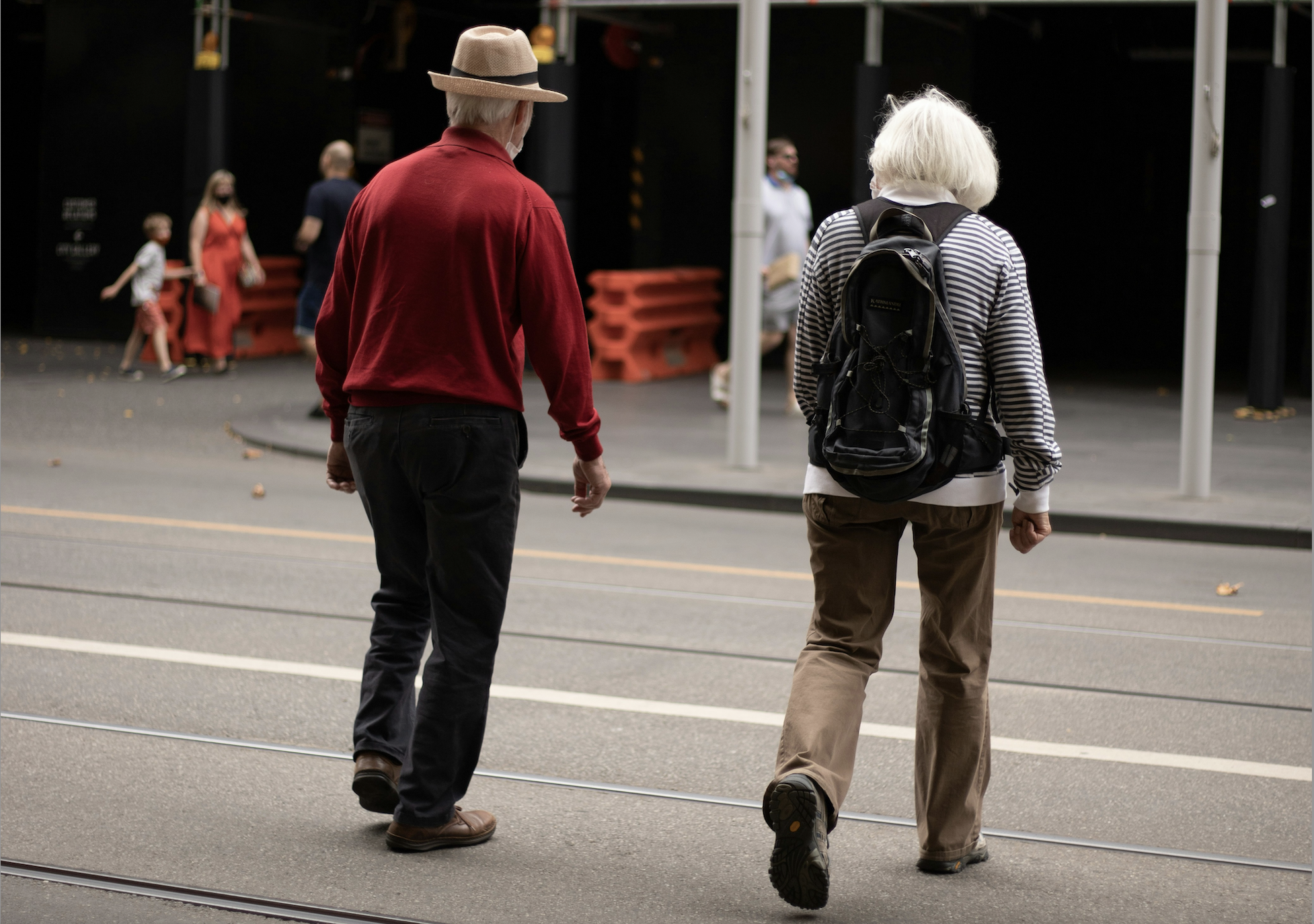The alarming increase in pedestrian deaths should be a wake up call for transportation officials -- the status quo approach to traffic safety is failing the most vulnerable people on our streets. Instead we're getting warmed over versions of the same old victim-blaming messages.
This week, the Governors Highway Safety Association issued a press release telling state DOTs that instead of telling people not to drink and drive, they should tell everyone, including pedestrians and cyclists, not to drink and go anywhere.
Under the heading, "With Pedestrian Deaths Surging in 2016, Now is the Time for Action," the GHSA instructs state DOTs to include messages encouraging "bicyclists and pedestrians to consider safer transportation alternatives after heavy drinking" because "ratios of fatally injured alcohol-impaired bicyclists and pedestrians have not fallen as dramatically as the proportion of impaired motor vehicle drivers killed."
Is this really the best message the GHSA could come up with? Are there any public safety success stories GHSA can point to that used this strategy? Does any evidence suggest that Americans are killed in traffic at such high rates because we're drunker than people in the United Kingdom or Germany?
Being drunk, just like being a sober pedestrian or cyclist, is only a hazard when you're on streets with motor vehicle traffic traveling at lethal speeds. Victim-blaming messages like this won't make people safer -- they just give the transportation safety establishment cover for its own failure to reduce pedestrian fatalities.
Places that have successfully reduced traffic fatalities focus on curbing motor vehicle speeds in areas where people walk and providing travel options that reduce driving. In short, they target risk factors in the transportation system that endanger pedestrians, so if someone makes a mistake while walking, it's not a fatal one.
Pedestrian-shaming PSAs will only further marginalize people on foot while ignoring the root causes of the risks they face.






